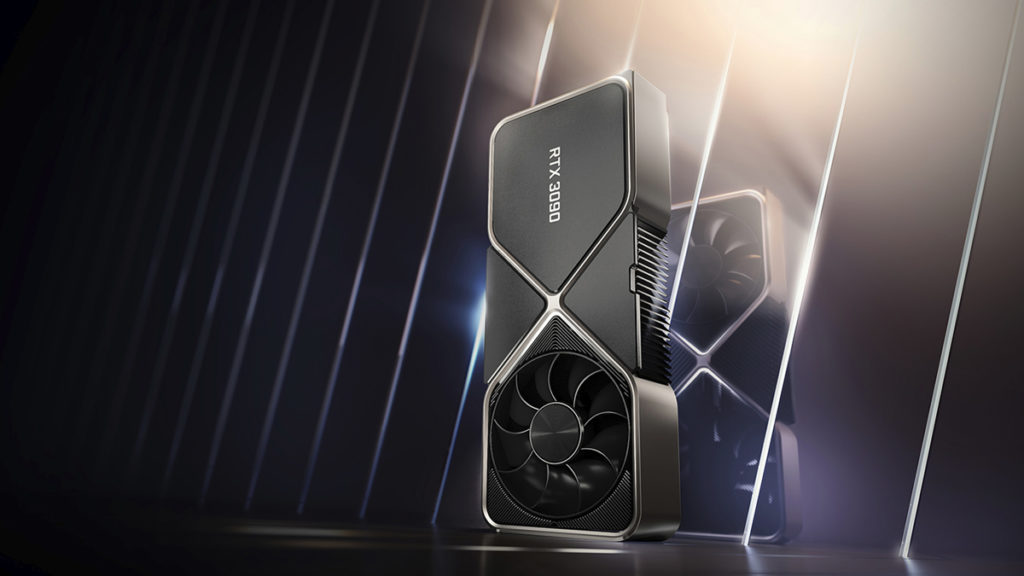There is no "just desert" type stuff coming down the pike for these corps, they just keep moving on. Bigger and better.
I will add to this a bit:
Yes, absolutely that the shareholders drive the bus. The companies, especially nVidia who has a long track record of especially doing so, will do anything to appease their shareholders.
If nVidia have a new generation ready to roll, and the competition is sniffing at their heels (be it Intel or nVidia, or just shareholders acting grumpy) - nVidia will roll it out and pretend like the current shortage never even happened. Even if it's a paper launch, or a cardboard launch, or whatever you want to call it and availability absolutely blows. And given the current market climate, there are very good odds nVidia will even increase prices more while doing so.
And you know what - most gamers will go right along with it. Everyone will bitch, moan, and get out their checkbook and wait in queues and pay scalpers and everything they are doing right now.
Gaming is a big market. DIY computer building is a niche, but the overall gaming market segment is pretty big. It's still the largest market for nVidia - a bit under half of their total revenue by market segment as of the
latest Quarterly Report. That said, yes, they are desperate to diversify, and yes, that "gaming" market also includes RTX/GTX sales that went to miners, which they can't, or won't, segregate and disclose. Maybe nVidia would have sold all those cards to gamers even without miners, may not - hard to say given all the supply problems and everything else that has come up-- they were having issues with supply early on. Remember the 3080/90 released in September before other industries started showing supply & logistics issues, it never has had in-stock availability.
We still haven't seen the low price / low tier Ampere models come out - cards that should be in the $120-150 segment and $180-$200 segment that the 1650 and 1660 held for Turing. The same is true for AMD, so we still don't have complete roll-outs on current generation products. It will be very telling what these cards actually sell for when they are introduced and the market stabilizes: if the price on an entry-level card jumps over $200 it's a bad sign.


